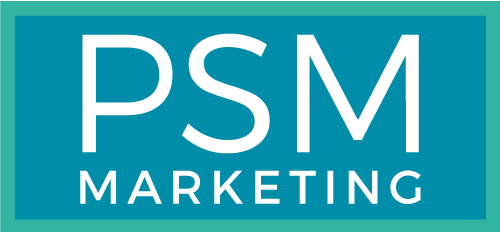Are you happy with the flow of referrals into your practice? The financial success of a lawyer can be measured by the strength of his or her referral network. While lawyers know they should do more to build these lucrative relationships, few apply a strategic process to this goal. So, what can you do to strategically build more referral relationships? This article yet at the same time, boils best practices down into logical steps you can take to maximize and grow these important relationships.
First We Analyze
Review your top clients over the past two years and make a list of who referred each client to you. Who are they? Do you regularly thank those who refer business to you? Do you stay in touch with them on a fairly regular basis? Can you spot any commonalities on the list in terms of industry, profession, past clients or other traits they have in common?
Criteria for Your Best Referral Sources
Take a step back and identify what your best referral sources have in common. Are they personal friends, past co-workers, lawyers, CPAs, bankers, consultants? How have you engaged with them throughout your career? What traits and characteristics makes each person a good referral source?
Give to Get
Lawyers have a reputation of wanting but not giving referrals. While it’s true estate planning lawyers do not have the same opportunities to refer financial planners as the planners do to recommend estate planning attorneys, it is important to always be thinking about how you can help your best referral sources so the relationship does not appear to be one-sided. If you want someone to send clients to you, first send a client to them. It shows you’re serious about building the relationship.
Be Very Selective
That said, when you make a referral, your good name and reputation is on the line. Make sure you vet those to whom you refer business and only refer people you know well and have complete confidence in.
Client in Common
When you are looking for new referral sources, start with the other advisers your client is already working with. If you represent a business, you know your client also has a banker, a CPA, and maybe a consultant or two. Chances are these advisers may work with other clients similar to yours and could introduce you. Clients in common provide warm leads to investigate whether or not you have a future with them.
Quarterbacking
Suggest to your client that you would be willing to gather all of your client’s advisers together in one room to discuss and brainstorm the growth of their business. It’s a win-win. You meet your client’s other valued advisers, and you facilitate a forum designed to share information to ensure the integrated, smooth and seamless delivery of everyone’s services.
Be where your Referral Sources Are
Once you have identified types of referral sources you want more of, determine what trade or professional association they gravitate toward. If you are an employment lawyer, consider joining an association attracting HR directors like the Society of Human Resource Managers (SHRM). Real estate lawyers should hang out with brokers and developers; family lawyers with therapists and mental health professionals; corporate lawyers in their client’s industry groups. Write, speak, attend meetings and get to know the members.
Joint Marketing Opportunities
You have an ideal opportunity to comingle your contacts by hosting a webinar or other innovative event and sending invitations to both your contacts, as well as those of your referral sources. Provide timely and substantive information, diligently follow up, and compare results.
Contact Action Plans
Track your activities with referral sources. Create a basic grid that includes your contact’s name, date of your last meeting, follow up and action items from that meeting, and when you will follow up with them again. Then add these items to your calendar or they will land on your back burner. Remember that aft er every meeting, there should always be a next step.
Track Results
You want to build mutually beneficial not one-sided referral relationships. Create a grid to track both referrals that you make as well as those you receive. Let potential referral sources know your expectation is to refer business to one another and that it’s not just a one-way street.
Educate your Referral Sources
There is nothing more frustrating than finally getting a referral from someone you have been courting, only to realize the client is not a good fit for you or your firm. As you are building the relationship, make sure you and your referral source are crystal clear about the type, level and complexity of clients and matters you are looking for – be very specific.
Implement even one of the tips above to set you on a path toward increasing the number of high quality referrals you receive – and give.
Terrie S. Wheeler, MBC, is the founder and president of PSM Marketing. PSM has worked with scores of legal industry clients on the planning and development of high impact websites that consistently deliver qualified leads and new clients. They are always happy to share their honest views on your existing website and recommendations for improvement. Let Terrie know if you’re interested by emailing her at Terrie@ psm-marketing.com.

